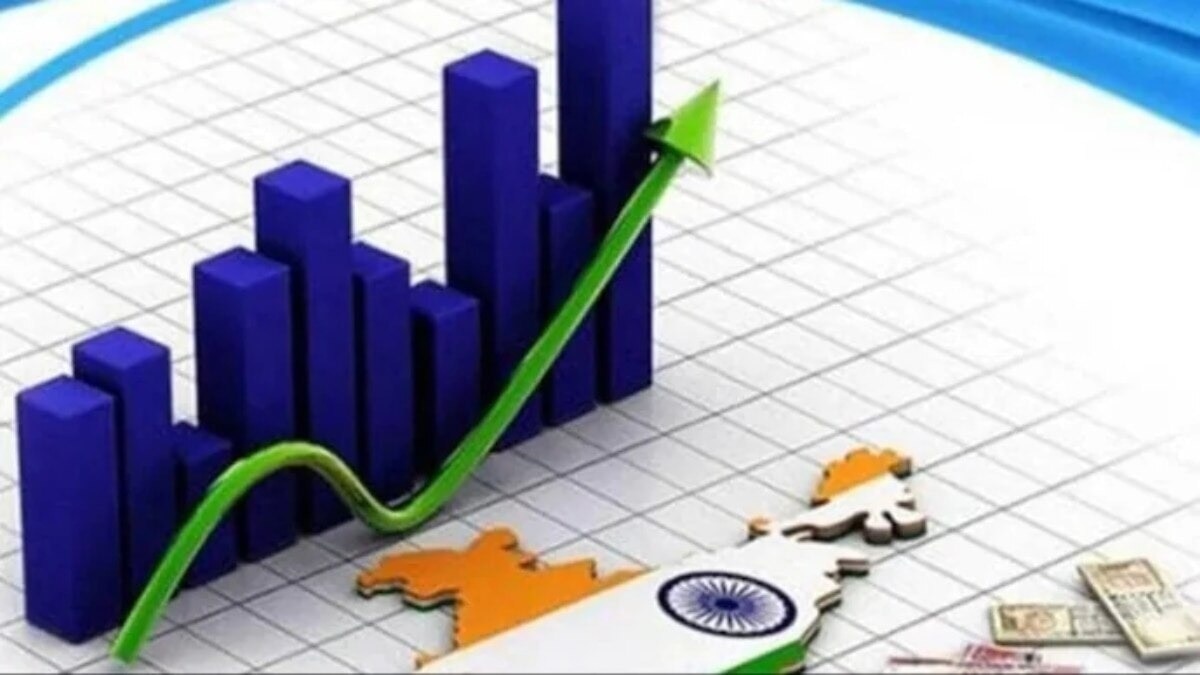India is now expected to hit the $5 trillion economy milestone in FY29, a full year later than previously projected, according to the IMF’s latest consultation report released on November 26.
India’s delay in reaching the long-touted $5 trillion GDP mark reflects slower-than-expected nominal growth and a sharper-than-projected rupee depreciation. The IMF’s 2025 estimates now forecast India’s GDP at just $4.96 trillion in FY28—down from $5.15 trillion predicted earlier this year and a steep drop from the $5.96 trillion forecast in 2023.
The rupee’s depreciation is the primary driver of the downgraded dollar-denominated GDP forecast. The IMF revised its FY25 exchange rate assumption from Rs 82.5 to Rs 84.6 per dollar. For FY26 and FY27, it now expects further weakening to Rs 87 and Rs 87.7, respectively. On November 21, the rupee hit a record low of Rs 89.49 per dollar.
These revisions also prompted the IMF to reclassify India’s exchange-rate arrangement from “stabilised” to “crawl-like,” signaling greater tolerance for gradual currency depreciation.
Nominal GDP growth estimates have also been trimmed. The IMF now expects 8.5% growth in FY26, down from the 11% forecast in 2024. In dollar terms, this translates to weaker growth—5.5% in FY26 and 9.2% in FY27—as exchange rate assumptions weigh down real expansion.
Despite these setbacks, the IMF maintains India remains one of the fastest-growing major economies, crediting strong domestic demand and improving structural fundamentals. The report suggests India’s outlook could improve if key trade agreements are finalized and reform momentum sustained.
India has pushed back on some assumptions, particularly the expectation that 50% U.S. tariffs on Indian exports will persist, calling the IMF’s approach overly conservative, in a Moneycontrol report.


